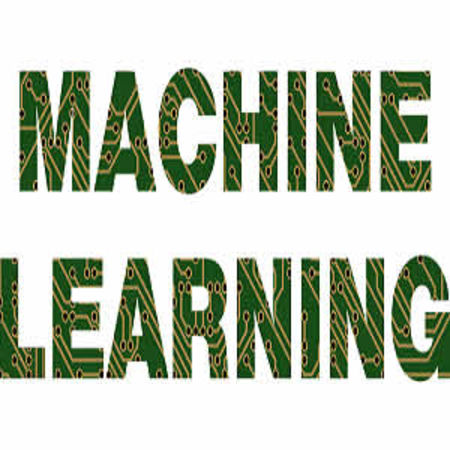A new method that uses epigenetic signatures and machine learning algorithms provides a better way to diagnose neurodevelopmental disorders with much clinical overlap, according to a new study published in The American Journal of Human Genetics. The epigenetic signatures were developed through methylation array analysis by Greenwood Genetic Center (GGC) researchers in collaboration with scientists from Canada.
The research team investigated 14 neurodevelopmental disorders caused by genes that encode the cell's epigenetic machinery – the components that read, write and erase post-translational signals on DNA and histones and remodel the DNA. Of the 14 disorders evaluated, nine revealed unique methylation signatures including Sotos syndrome, Kabuki syndrome, CHARGE and ATRX.
"Many of the disorders we studied have clinical overlap, which makes sense as the genes causing each of these disorders all work within the same epigenetic machinery, determining the gene's expression and expression of other genes," explained Charles Schwartz, PhD, Director of Molecular Studies at GGC in Greenwood, SC and a co-author of the study. "What was interesting is that although the genes function in somewhat similar manners, nine of the disorders showed a unique epigenetic signature with minimal overlap."
These unique epigenetic signatures could be useful in concurrently screening for multiple syndromes with a high degree of sensitivity and specificity, according to the team. Also, based on the degree of overlap between these signatures, the team concludes that a single machine learning classification tool built on the combined signatures of these disorders, can accurately make the diagnosis. This method not only distinguished these nine disorders from one another, but also assigned low probability scores to patients with other forms of intellectual and/or developmental delay.
In addition, these unique signatures could also provide an innovative approach in solving ambiguous cases presenting with variants of uncertain significance from targeted gene sequencing, whole exome sequencing or whole genome sequencing. The study's results, Dr. Schwartz said, led to the development of an epigenetic echo model showing that while an initial epigenetic dysfunction arises during early development, a broader methylation legacy or echo remains throughout the genome leading to the unique signature. "This may help explain the variability and phenotypic overlap among these disorders," the doctor pointed out.
Benefits of this approach to diagnosis and variant classification include the lack of a need for parental samples and the potential of functional results to be obtained from peripheral blood samples rather than other inaccessible target tissues such as brain.
Source: Greenwood Genetic Center
Image Credit: Pixabay
Latest Articles
machine learning algorithms, neurodevelopmental disorders, epigenetic signatures
A new method that uses epigenetic signatures and machine learning algorithms provides a better way to diagnose neurodevelopmental disorders with much clinical overlap, according to a new study published in The American Journal of Human Genetics. The epige


























